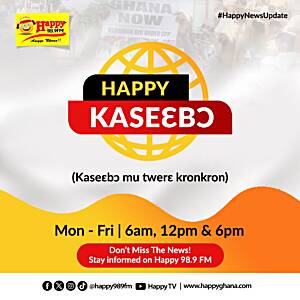The Korle Klottey Municipal Assembly (KoKMA) has unveiled an ambitious set of development projections as part of its 2026–2029 Medium-Term Development Plan, with a strong focus on infrastructure, social protection, and local economic growth.
Addressing stakeholders at a public hearing held at Calvary Baptist Church in Adabraka on Wednesday, May 21, Municipal Chief Executive (MCE) Alfred Ato Allotey Gaisie outlined key performance targets the Assembly intends to achieve within the period.
He announced a projected 65% increase in Internally Generated Funds (IGF), to be realized through the automation of revenue systems and enhanced compliance measures.
In the area of sanitation, the Assembly aims to improve environmental management by 90%, a significant step toward addressing health and hygiene concerns in the municipality. The plan also prioritizes urban planning, with the Assembly committing to complete 80% of revised land use planning schemes.
Mr. Gaisie stated that social infrastructure will see a 50% improvement, particularly in education, healthcare, and water supply. Market infrastructure is expected to improve by 55%, while road networks are projected to see a 95% enhancement. In a clear sign of the Assembly’s commitment to inclusivity, he assured that 100% of funds earmarked for Persons With Disability (PWDs) will be disbursed.
The Assembly also intends to increase protection for children and vulnerable groups, while reinforcing security measures in schools and communities to promote safety and stability. A major highlight of the development agenda is the implementation of the Greater Accra Resilient Integrated Development (GARID) Project, aimed at addressing long-standing flooding challenges in the area.
The MCE emphasized the Assembly’s ongoing support for critical national initiatives such as the 24-hour economy, the National Apprenticeship Programme, and the Adwumawura Programme.
He described the development targets as both bold and achievable, noting that they reflect the Assembly’s commitment to inclusive growth, resilience, and improved service delivery for all residents.
By: Nana Antwi Boasiako




















